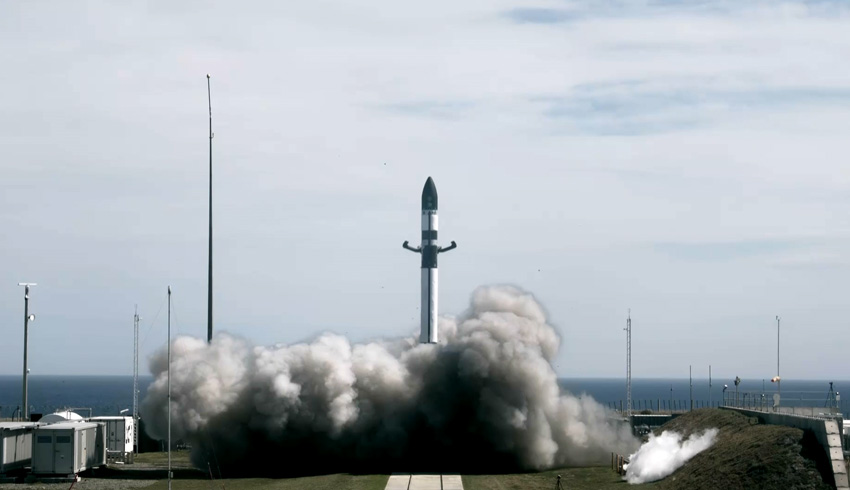Rocket Lab successfully launched a communications satellite for European space technology company, OHB Group, deploying the 50-kilogram class GMS-T satellite to a 1,200-kilometre circular orbit – around 700 kilometres higher than most Electron missions to date.
It’s an orbit increasingly in demand for a growing number of constellations, but the unique altitude isn’t a common target orbit for most rideshare missions, leaving satellites facing a long delay to find a ride going to their preferred orbit.
Electron eliminates the wait time by delivering a dedicated service to orbit on a timeline that meets our customers’ diverse needs.
Peter Beck, Rocket Lab founder and CEO, said, "Increasingly we're seeing small satellite operators seeking unique orbits and complex mission profiles on tight timelines. The Kick Stage delivers an unmatched level of on-orbit manoeuvrability for our customers, enabling them to get exactly where they need to, and get the most functionality from their spacecraft, all on a tight timeline."
After separating from Electron’s second stage into an elliptical transfer orbit, the Kick Stage’s 3D printed Curie engine performed two separate burns; one to raise OHB Group’s satellite to a 1,200-kilometre circular orbit, and a second burn to lower the Kick Stage’s perigee after payload deployment, speeding up the de-orbit process to avoid the Kick Stage becoming long-term orbital debris.
Across the two manoeuvres, Curie completed more than 267 seconds of total burn time and delivered 1,722 kilometres of perigee change, ascending 982 kilometres and descending 740 kilometres. The complex manoeuvres saw Curie burn for more than twice the standard Kick Stage mission profile to low-Earth orbit.
The extended burn time was made possible thanks to the adaptable design of the Kick Stage, which enabled engineers to double the standard number of propellant tanks from four to eight, delivering more on-orbit performance.
‘Another One Leaves the Crust’ was launched just six months after the launch contract was signed with OHB Group, shaving more than two years off common wait times small satellites can experience to get on orbit.
Beck added, "By being fully vertically integrated, our team is in control of critical supply chain areas and can quickly scale manufacturing pace to meet customer demand, delivering a vehicle for launch in as little as 30 days. As the second most frequently launched US last year, our team has proven they can deliver an integration and launch campaign with unmatched speed and efficiency for the small satellite industry."
Beyond providing the launch service, Rocket Lab also built the reaction wheels and star tracker used in OHB’s payload inside the six-month window.
"In this instance the mission delivery time was just six months, but our team, manufacturing facilities, and launch infrastructure are capable of supporting even tighter timelines measured in short weeks," Beck said.

